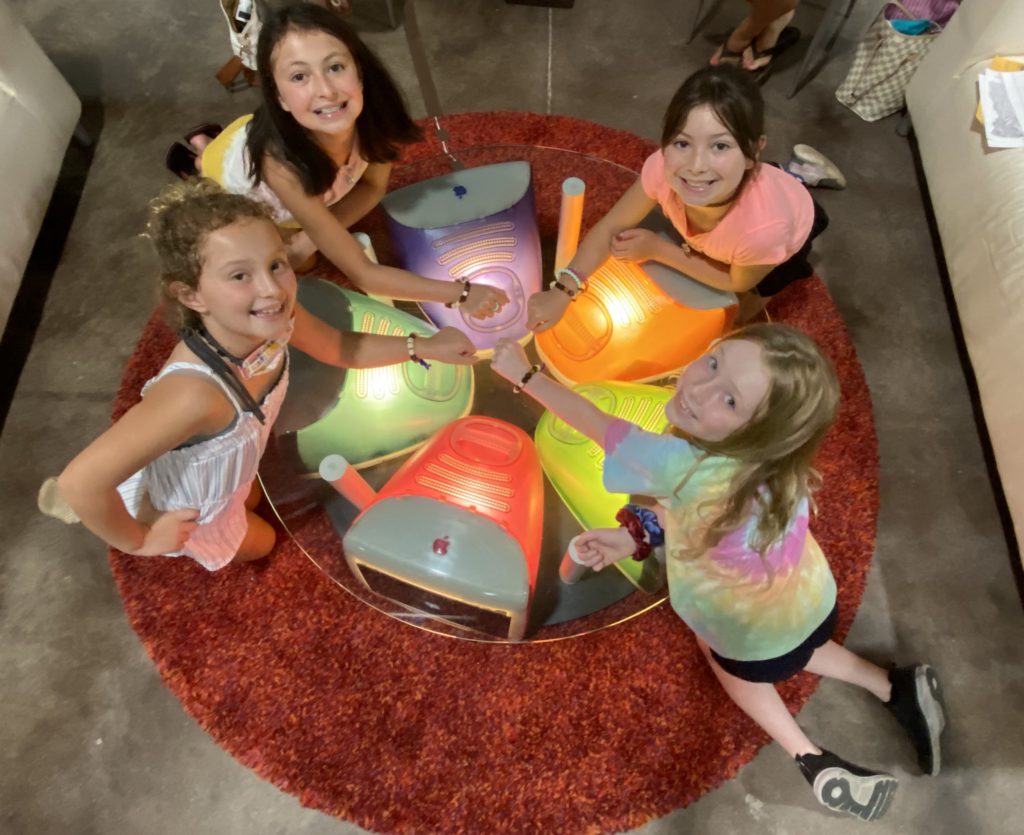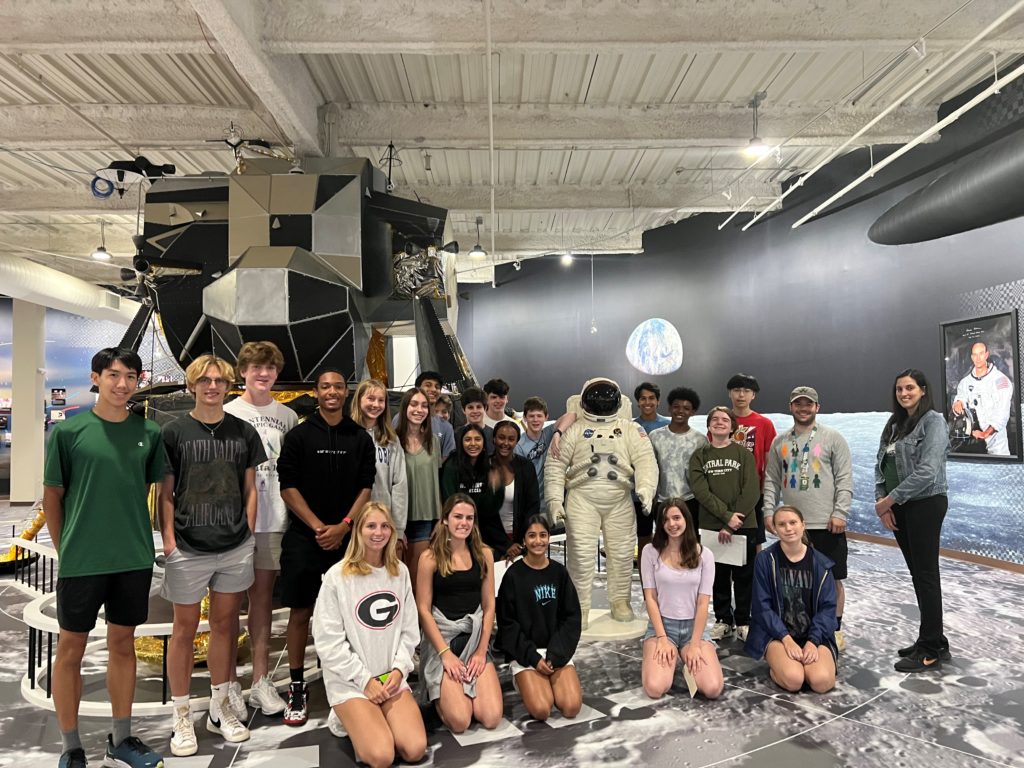by Elaine Pelaia
Working for a large multi-national computer company my entire professional career, and now, as the Operations Manager at Computer Museum of America, I’ve been around technology most of my life. Do I consider myself a “techie”? Not by a long stretch! I do pick up pretty quickly on technology things because I’ve constantly had to learn and adapt to the evolving tools for work. I am an avid user of spreadsheets, shared drives, my iPhone and devices I talk to at home; and I provide a fair amount of “tech support” to family, friends and neighbors. Even with all of this experience, I am still learning every day! Sound familiar?
I just recently figured out how to update a Wikipedia page to add the Enigma machine at CMoA to the Wikipedia list of surviving Enigma machines. Cracking the code of the Enigma machine is credited with bringing WWII to an end almost two years earlier – that’s certainly technology that changed the world. How did I figure out how to update the Wikipedia page? By Googling for the instructions of course! While working on the Family Fun Field Trip activities for the October theme of “Tech that Changed the World” and researching that with my friend, and co-volunteer, Google, I started thinking about how the Internet is now the “go to” resource for many what/why/how questions and how much technology is in just about every single aspect of our lives.
The search results returned for “Tech that Changed the World” are almost endless. I found many articles with their own lists…some older ones and some very recent ones. While there was overlap, almost every list had a least one thing that was only on that list, it’s fascinating how technology has changed all of our lives. How it’s changed varies based on many demographic factors such as gender, age, where you live, and I think a lot of the impact is driven by where you go (or went) to school and where you work (or worked). School and work are probably the biggest two sources of exposure to technology for people but are far from the only sources.
- Generally personal computers, luggables, laptops, tablets, PDAs, pagers, mobile phones (from the bag phone to the Apple Watch), the Cloud, Wi-fi, and much more, all have had profound effects on our day-to-day lives. Websites and social media have become de facto sources of information. How we communicate and how information is exchanged and stored today is vastly different.
- In the medical arena, digital thermometers, robotic surgical tools, artificial hearts, limbs and other 3D printed body parts, all kinds of monitoring devices (Did you take your blood pressure today by yourself at home?), digital medical records, personalized pill packs, modeling for customized treatments in days instead of months, digestible cameras, remote monitoring and telemed appointments so you don’t have to go to the doctor’s office as frequently and so much more, keep us and our loved ones healthy.
- At home, we interact with our appliances – those easier to read digital displays on washers, dryers, stoves and clocks on the microwave come from some kind of electronics. There are stoves you can start pre-heating remotely from an app on your phone, faucets that dispense an exact measure of water from a voice command, and coffee pots you can set timers to have your coffee ready upon wake up. Thermostats, remotes, cameras, door locks, timers, dimmers and even color changing light bulbs, make our homes more comfortable, safe and convenient and you can adjust a lot of them while traveling in another country!
- Shopping has been changed by the ability to shop online but do you notice how items you have been researching or talking about show up in your Facebook feed? That’s not coincidence and neither is the reminder that you were browsing something you didn’t buy online and it’s still in your cart. When you make a return in the store, you often don’t have to pull out your credit card again as the credit can be applied from scanning a code on your receipt. The Universal Price Code, or UPC, is what makes check-out so fast and in a lot of places, you can check yourself out! Stores are being rolled out where you can just walk out with the items.
- Transportation depends on technology be it by car, train and plane for traffic signals, fuel levels, communications, scheduling, licensing, purchasing gasoline without any interaction with another human. Hands-free parking and driving are in use today and map reading (the paper kind that developed holes in the folds from overuse) is becoming a lost skill with the advent of navigation tools.
- Entertainment involves online ticket purchases where you pick your seats for a scheduled day and time real-time, watch a replay on the big screen, order food & beverage delivery to your seat, see movies with computer-generated imagery (CGI) displaying scenery where the actor never traveled to and stream content to your phone or tablet via subscription services. Technology in toys and games could be its own blog post, as could eSports!
- Deliveries are improved by more efficient distribution channels, automated text or email updates about arrival and some even send you a photo of the package laying at your doorstep and we’re starting to see deliveries via drones and wheeled robots.
In trying to keep this brief, I didn’t even touch on how technology impacts dining out, doing taxes, managing personal finances, exercising, going to school, being at work, planning vacations, planning events, doing self-care from online therapy or support to white noise and relaxation apps or watching a video to figure out how to perform some home maintenance or a DIY project. Professionally, technology is used to run businesses, train employees, educate customers, track orders, manage inventory, schedule distribution, improve safety and so much more.
None of these examples are all inclusive. Every category could be its own book. Technology is here to stay and will only expand. There are the tech enthusiasts out there and those that are tech averse. It’s in our lives, and it’s good and bad, and although I’d debate mostly good, I’m going to make an effort to find some time each week to read an actual book (not on my eReader), play cards with an actual deck of cards (not on my tablet) and take a walk outside, without my earbuds in.
I invite you to come visit Computer Museum of America and see how technology has changed the world. Techies love it here and so do non-techies. We marvel at how many visitors claim to be a non-techie, but came along with their techie, and the non-techie almost always tells us they found their visit far more enjoyable than they expected. There is something to see for everyone here and very friendly volunteers and staff will enhance your visit.

Elaine Pelaia is Operations Manager at Computer Museum of America. She retired from IBM, where she spent over 30 years in the K-12 and Higher Education Industry group and in event management roles for large training and marketing conferences.






